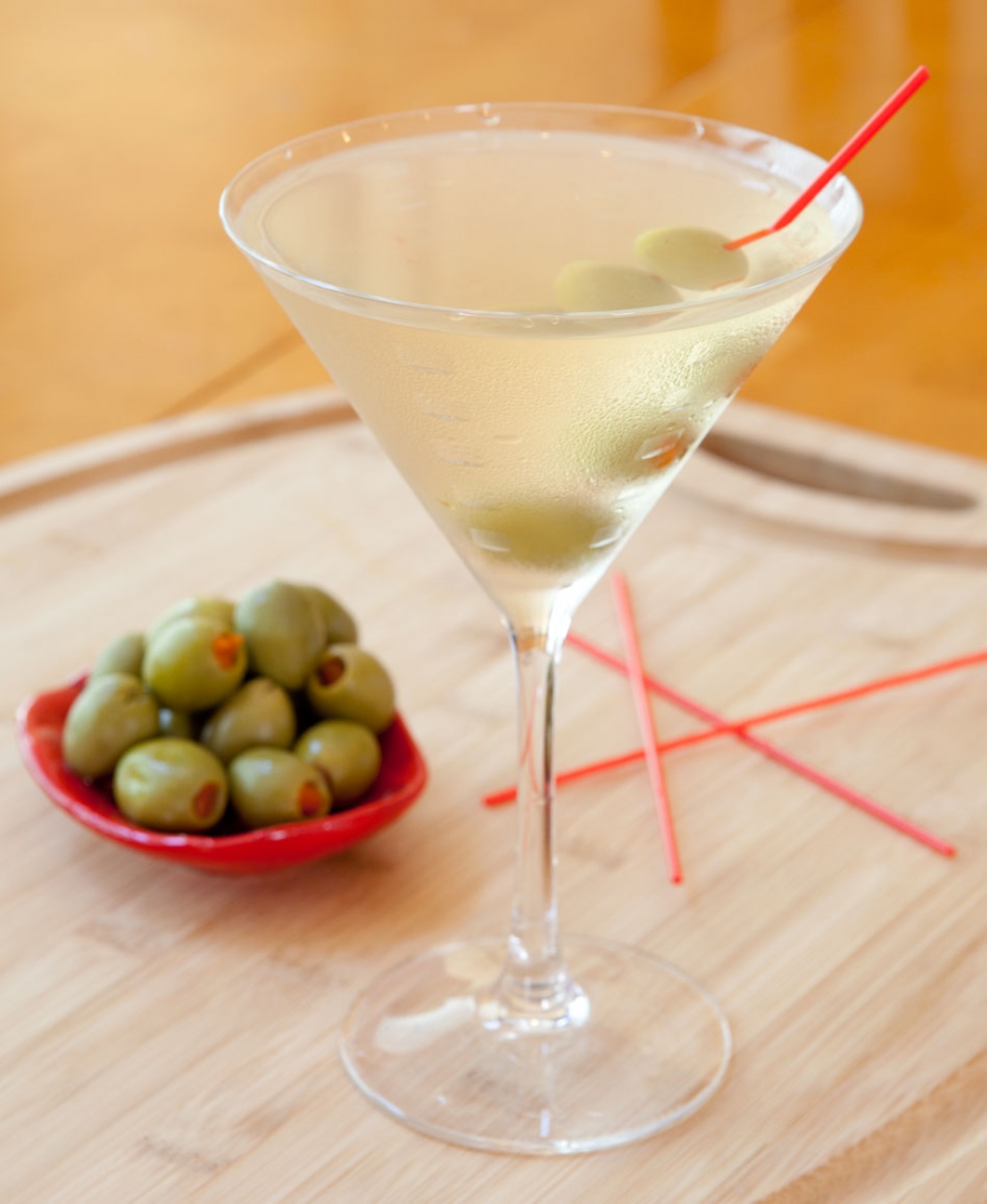Daily Dish the Fork Lift blog

Martini Primer
Please note that this is an older article. Any products or services pictured or described may have changed or may no longer be available. Thank you for visiting!
As a mixologist, I’m frequently asked, “Why can’t I make a martini at home like the one you make for me?”
As a mixologist, I’m frequently asked, “Why can’t I make a martini at home like the one you make for me?”
One of the most important components to any drink is ice! Household refrigerators produce small ice cubes that melt very fast, while the old-fashioned plastic trays that grandma would tuck under the frozen chicken might produce good cubes, they often taste stale and also pick up lingering flavors from the freezer. The key is to keep your ice fresh and use filtered water. One of the best inventions to date is the Tovolo silicone ice tray, available in different sizes for all your ice needs.
Never store your alcohol in the freezer. You want it cold, but you always want it slightly diluted for the best flavor. A high quality vermouth like Dolin is your friend, and a ½ ounce shot to your liquor of choice is the perfect amount. For the traditional gin martini, my “go to” option is 1.5 ounces of Hedricks gin. A rather “peculiar gin” out of Ayrshire, Scotland, Hedricks is made with juniper berries, coriander, and citrus peel, and the distiller also incorporates rose petals and cucumber.
With a bar spoon, stir about 25 revolutions with ice cubes and strain into a chilled martini glass. For you vodka fans, Chopin (a Polish vodka made from organic potatoes) is my vodka of choice, but I always have a bottle of Tito’s vodka (out of Texas) on hand. Corn based and gluten free, this vodka is distilled six times in old pot stills and is a must-have for any home bar. Shake your vodka martinis vigorously with medium-size ice cubes, strain into a chilled martini glass, add your olives or a lemon twist and imbibe.